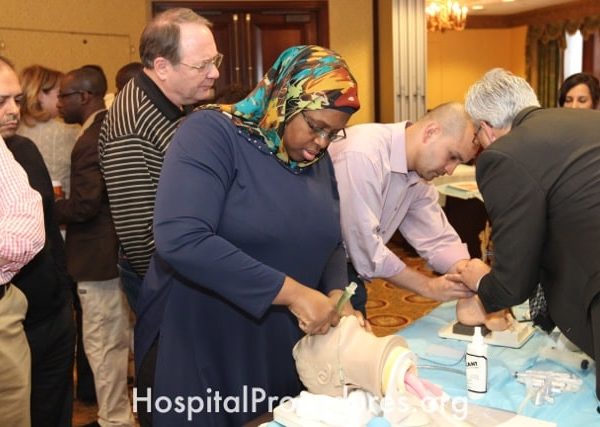Recently, a retrospective review of over 14,000 adult patients who underwent general anesthesia were assessed. A multivariable analysis was used to determine risk factors of difficult laryngeal mask airways (LMA). The following four risk factors were identified: male gender, age greater than 45 years old, short thyromental distance, and limited neck mobility.
The Predictive Laryngeal Mask Airway Difficulty Score (PLAD Score) was used to scale the severity of the risk factors. The low risk group for a difficult LMA will have a PLAD score from 0-3 and the high risk group for a difficult LMA will have a PLAD score from 4-7.
PLAD Score:
- Male sex = 1
- Age > 45 years = 1
- Short thyromental distance = 2
- Limited neck mobility = 3
The sum of these scores will total a PLAD score of 7. A score between 4 and 7 has a seven-fold increase risk for difficult LMA. Using the PLAD Score can help clinicians take certain precautions in treatment plans, such as having alternate airway options available, to help reduce morbidity and mortality rates.

